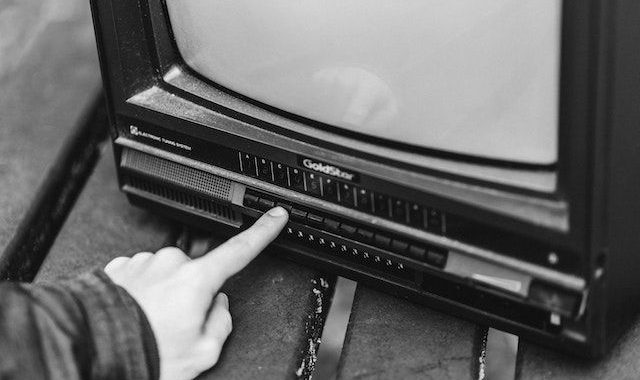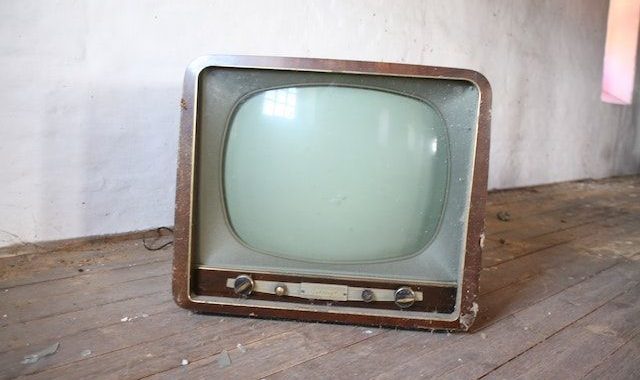If your TV won't turn on, you can follow a series of troubleshooting steps to determine the cause of the problem.
First, make sure that both the power cord and the HDMI cable connected to the device are secure. If either cable is disconnected or loose, the TV may not turn on.
Then check that the power socket is working by plugging in another appliance such as a lamp or fan. If the socket is working, make sure the TV does not have any buttons stuck in the off position. If all these steps do not work, you may need to reset your TV or contact a specialist for further assistance.
Finally, if you use an external device such as a games console, make sure it is securely connected and switched on. If it's switched off or connected incorrectly, the TV will not turn on.
If, after trying all these steps, the TV still does not turn on, you may need to contact a specialist for further assistance. A technician can help identify the cause of the problem and suggest solutions. In some cases, it may be necessary to replace components or even the whole TV if the problem is serious enough. Whatever the problem, it is best to contact a professional to avoid further damage.
Finally, after following these steps, you should be able to determine why the TV won't turn on and find a solution to get it back on. Good luck!
Category Archives: Televizorių remontas, naujienos
How to choose the right TV for you
Size matters when choosing the right TV for you. You need to make sure that your new TV will fit into the space available in your home. If you don't have enough space, a bigger TV won't fit, even if it has all the features you want. When measuring the size of your space, be sure to measure in inches and compare it to the specifications of the TV.
You will also have to decide whether to go for an LCD or a plasma screen. LCD TVs are generally cheaper and more energy-efficient, but they often don't reproduce blacks as well as plasma TVs. On the other hand, plasma TVs are generally more expensive and heavier.
In terms of image quality, you'll want to pay attention to refresh rate, resolution, contrast ratio and viewing angle. The refresh rate determines how many frames per second the TV can display; a higher refresh rate ensures smoother movement on the screen. Resolution determines the brightness of the image, and higher resolution images look better but can be more expensive. Contrast indicates how well black shades stand out on the screen and viewing angle indicates the maximum distance at which a clear image can still be seen.
Taking all these factors into account will help you make an informed decision on the right TV for you. A little research will help you make sure that your new TV fits your space and has all the features you need.
Finally, don't forget to take into account other factors such as sound quality, additional features such as Smart TV functions and 3D technology, and price. Taking these aspects into account will help you find the perfect TV for your home. With the right information and a bit of research, you can easily find the right TV for your needs. Good luck!
Troubleshooting your TV
When troubleshooting your TV, the first thing you need to do is to determine what the problem is. Is it a picture or sound quality problem? Or is there no power at all and the TV won't turn on? Once you've identified the type of problem, you can start looking for solutions.
If the problem is with the picture or sound quality, check the connections between your TV and other devices (e.g. cable box or games console). Make sure all cables are securely connected and there are no loose wires. If you are using an aerial, try repositioning it for better reception. You can also check that your TV settings are set correctly.
If the TV does not turn on, there may be a power outage or a problem with the power cord. Check that the power socket is working and that the cord is plugged in properly. If this does not solve the problem, you may need professional help from a technician.
If you are still experiencing problems after trying these steps, it is recommended that you consult your TV's troubleshooting guide or contact the manufacturer directly. Their technicians can offer more tips and instructions specific to your TV model. Also, if something seems to be hardware related, take your TV to an authorised repair shop for professional assistance.
Troubleshooting your TV doesn't have to be difficult. With patience and the right steps, you'll have your TV up and running in no time!
Diagnosing TV sound problems
The first step in diagnosing TV sound problems is to check the connections between the TV and all external audio devices. Make sure that all cables are connected, with no loose or broken ends. Check the user manual to make sure you have the right type of cable for each connection. If everything seems to be connected correctly, try disconnecting and reconnecting each cable to make sure the connections are secure.
If you have an external audio device, such as a surround sound system, make sure it is switched on and set to the correct input. For instructions on how to change the inputs of the devices connected to your TV, see the user manual.
If everything seems to be connected properly, try another TV show or movie to see if the sound problem persists. If so, check the settings on the TV itself. Make sure the volume is turned up and that you have selected the correct audio output option. The options vary depending on the TV model and the type of external audio device; please refer to the user manual for detailed instructions.
If you're still having sound problems, try resetting your TV and the devices connected to it. This will restore them to their default settings and may resolve any audio problems caused by incorrect settings. Once you have done this, check the TV's sound again before taking further troubleshooting steps.
If you are still having problems with the sound of your TV, please contact the manufacturer or a qualified technician to help diagnose and fix the problem. They can provide additional information that will help identify and fix any underlying problems.




